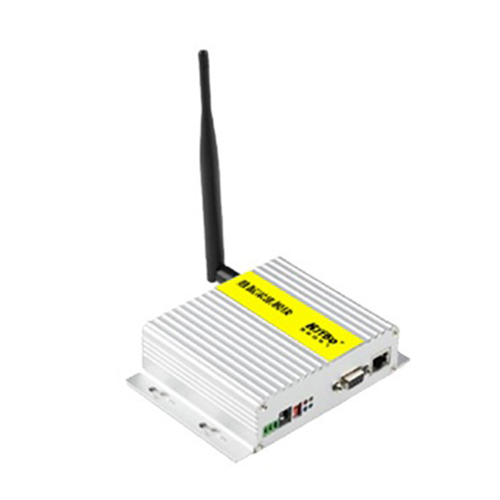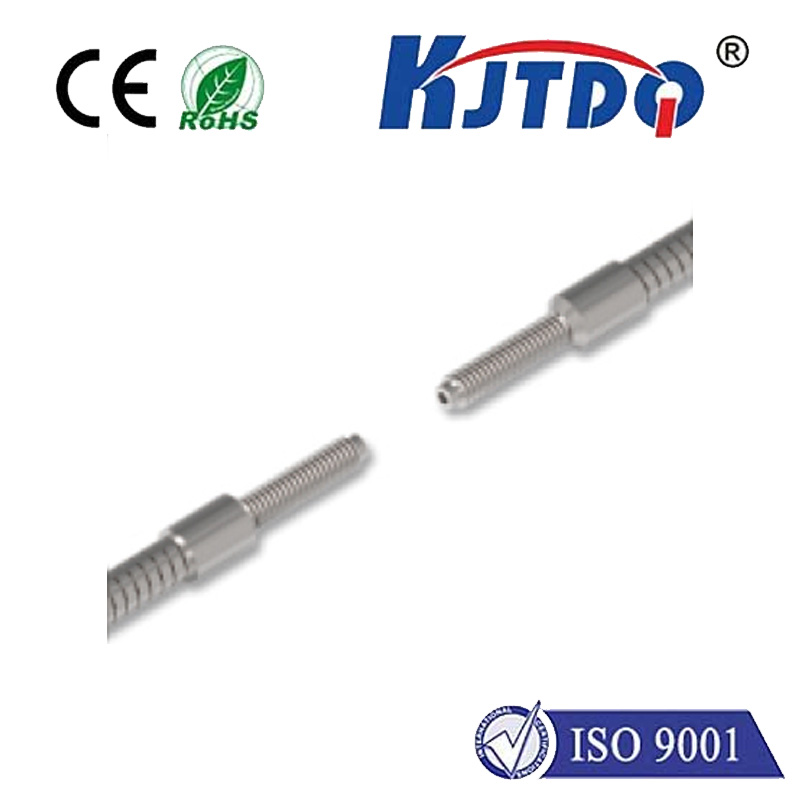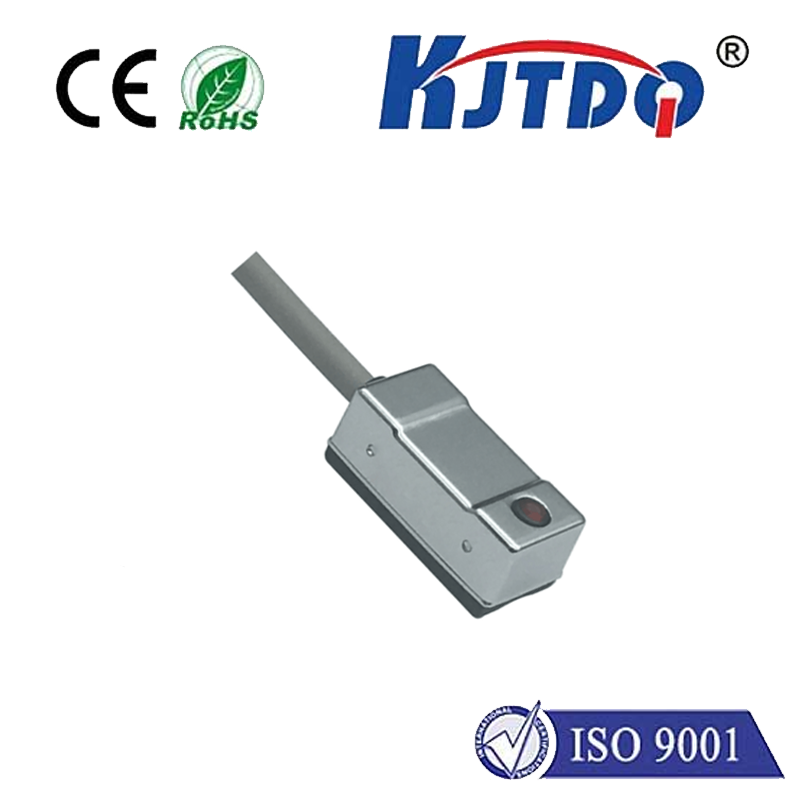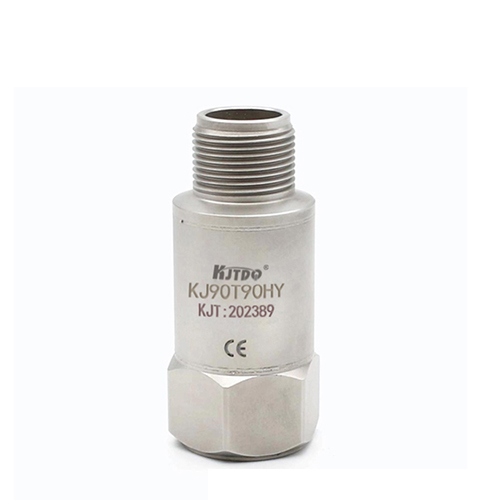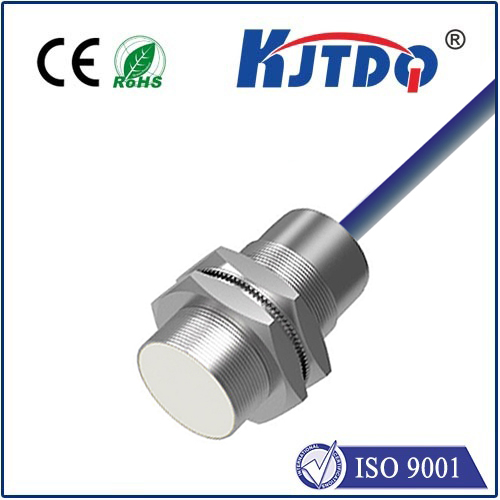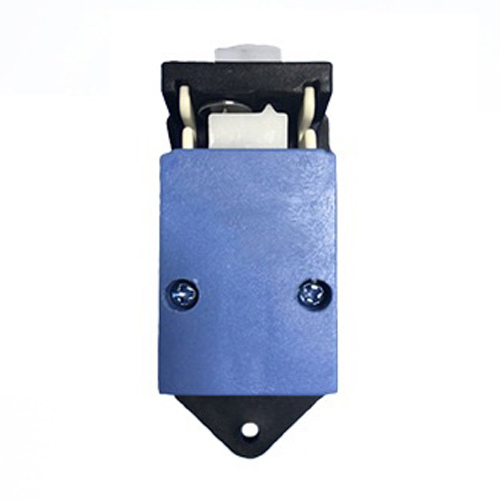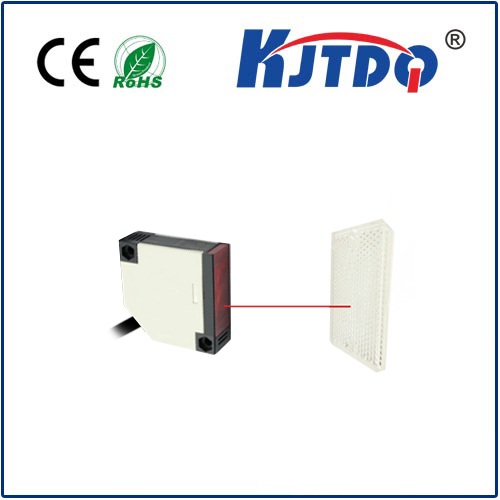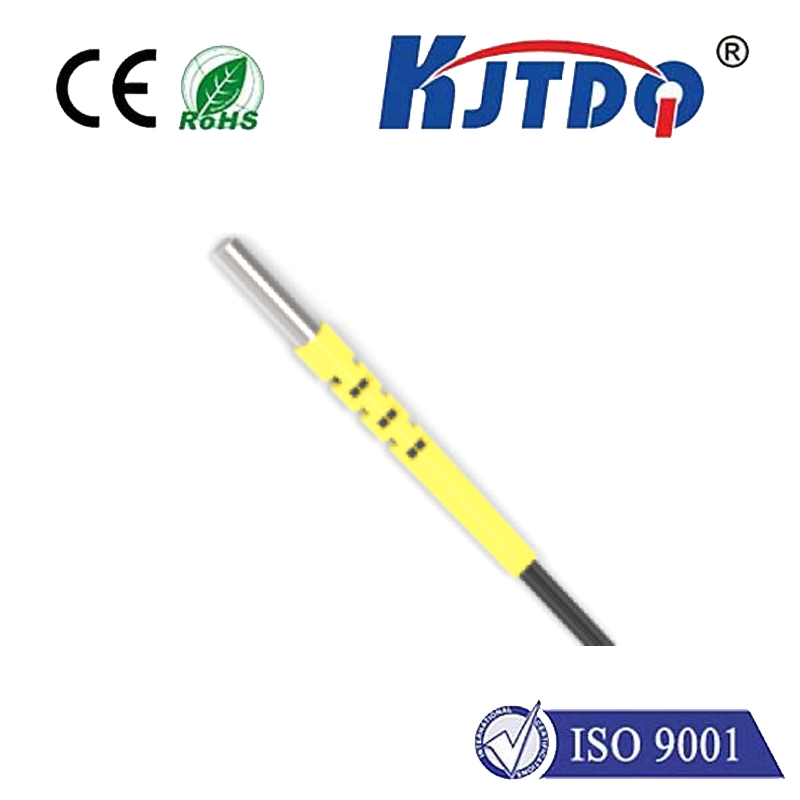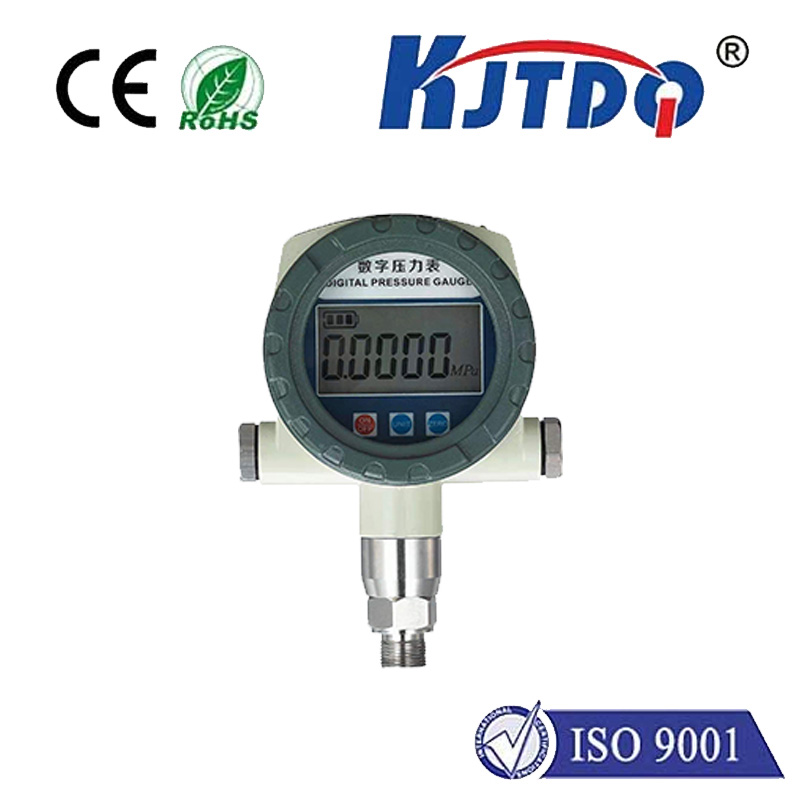laser based distance sensor
- time:2025-08-28 04:51:02
- Click:0
Understanding Laser-Based Distance Sensors: How They Work and Where They Excel
Accurate distance measurement is fundamental across countless industries, from robotic arms assembling microchips to drones mapping vast landscapes. Traditional tape measures fall woefully short in demanding modern applications requiring speed, precision, and non-contact operation. This is where laser based distance sensors shine, offering a sophisticated solution that leverages the unique properties of light to deliver reliable measurements with remarkable accuracy.
Demystifying the Core Principle: Light as the Measuring Tape
At their heart, all laser distance sensors operate on a fundamental principle: measuring the distance an emitted pulse or beam of light travels to a target and back. The key advantage lies in the laser light itself – it’s highly focused, coherent, and often monochromatic. This allows for precise directionality, minimal beam spread over distance, and excellent signal-to-noise ratio, unlike diffuse light sources. The core challenge, and the defining difference between sensor types, is how they measure the light’s travel time or position.
The Two Dominant Methods: Time-of-Flight vs. Triangulation

- Time-of-Flight (ToF) Sensors: Measuring Light’s Journey
- Principle: These sensors directly measure the time it takes for a short, intense pulse of laser light to travel to the target and reflect back to a detector within the sensor. Knowing the speed of light (a constant, approximately 3x10^8 m/s), the distance (d) is calculated using the simple formula: d = (c * t) / 2, where
c is the speed of light and t is the measured time of flight (divided by two because the light travels to the target and back).
- Performance: ToF sensors excel at measuring longer distances, ranging from several meters up to hundreds of meters or even kilometers (common in surveying LiDAR). They often achieve moderate to high accuracy and are generally less sensitive to the target’s surface properties, although extremely dark or absorbent surfaces can reduce signal strength.
- Applications: Widely used in industrial automation for bin level monitoring, crane positioning, warehouse vehicle navigation (AGVs/AMRs), forestry, construction surveying (total stations), and autonomous vehicle perception systems (LiDAR).
- Laser Triangulation Sensors: Geometry for Precision
- Principle: This method uses geometric triangulation. The sensor emits a focused laser spot onto the target surface. A lens (positioned at a known angle relative to the laser emitter, the baseline) focuses the reflected spot onto a position-sensitive detector (PSD) or a linear CMOS/CCD array. The key is the angle. As the target distance changes, the position where the reflected spot hits the detector array shifts. By precisely measuring this shift in position on the detector, and knowing the fixed baseline angle and detector geometry, the sensor calculates the distance to the target with high accuracy.
- Performance: Triangulation sensors are the kings of short to medium-range precision. They typically offer micron (µm) to sub-millimeter resolution at distances ranging from a few millimeters up to around 1-2 meters. However, their accuracy is more sensitive to the target’s surface properties (color, reflectivity, texture, angle) and the triangulation angle itself. The smaller the triangulation angle, the less sensitive it is to surface variations, but the effective measurement range also decreases.
- Applications: Ideal for applications demanding high precision at close range: thickness measurement of materials (paper, glass, metal), inspection of surface profiles or position, monitoring assembly part placement, vibration analysis, coplanarity checks in electronics, and robot guidance. LiDAR systems often use arrays of triangulation sensors.
Why Choose a Laser Distance Sensor? Key Advantages
Laser sensors offer compelling benefits over other distance measurement technologies (ultrasonic, inductive, capacitive, encoder wheels):
- Non-Contact Measurement: Eliminates wear and tear on both sensor and target, crucial for delicate surfaces or high-speed processes.
- High Accuracy and Repeatability: Capable of delivering resolutions down to the micrometer level (triangulation) and consistent readings over time.
- High Speed: Measurements can be taken extremely rapidly (kHz rates), perfect for dynamic processes or high-speed automation.
- Long Range Capabilities (ToF): ToF sensors can measure distances impractical for most other non-contact methods.
- Small Spot Size: The focused laser beam allows for precise measurements on small features or in confined spaces.
- Wide Range of Targets: Can measure most solid objects, though performance varies with surface properties.
Navigating Applications: From Factory Floors to Far-Off Worlds
The versatility of laser distance measurement technology leads to its integration into diverse fields:
- Industrial Automation & Manufacturing: Dimension control, fill level detection, web tension control, conveyor positioning, robot guidance and palletizing, assembly verification (gap/step measurement).
- Robotics & AGVs: Obstacle detection and avoidance, localization and mapping (SLAM), navigation for Automated Guided Vehicles and mobile robots.
- Construction & Surveying: Distance measurement (handheld laser distance meters), site leveling, monitoring structural deformation, volume calculations (LiDAR on drones or terrestrial scanners).
- Transportation: Vehicle presence detection in traffic systems, LiDAR for autonomous vehicles and ADAS (Advanced Driver Assistance Systems like adaptive cruise control).
- Agriculture: Crop health monitoring, yield estimation, terrain mapping, guidance for harvesting equipment.
- Logistics & Warehousing: Dimensioning packages for shipping, pallet stacking control, inventory management.
- Research & Development: Precision positioning in experiments, component testing, material science analysis.
Key Considerations When Selecting a Sensor
Choosing the right laser distance sensor involves careful evaluation:
- Required Range: Short-range precision? (Triangulation) Long-range monitoring? (ToF)
- Accuracy & Resolution Needs: Micron-level control? Centimeter-level positioning?
- Target Surface Properties: Color (dark vs. light), reflectivity (matte vs. mirror), angle, texture. Triangulation sensors are more sensitive to these.
- Measurement Speed: How quickly do readings need to be acquired? kHz rates are common.
- Environmental Conditions: Temperature extremes, dust, humidity, vibrations, ambient light? Sensors have specific IP ratings and environmental tolerances.
- Output Interface: Analog (0-10V, 4-20mA), digital (RS232, RS485, USB, Ethernet), fieldbus (Profinet, EtherCAT)? Integration capability is vital.
- Physical Size & Form Factor: Constraints on sensor mounting space?
Laser based distance sensors represent a powerful fusion of optics and electronics, transforming the way we measure distance across industries. By understanding the core principles of time-of-flight and triangulation, along with their distinct strengths and application domains, engineers and technicians can effectively harness this technology to enhance automation, improve quality, ensure safety, and drive innovation. Whether it’s guiding a robot arm with micron precision or mapping a mountain range from the air, the focused beam of laser light provides an indispensable tool for the modern world.







